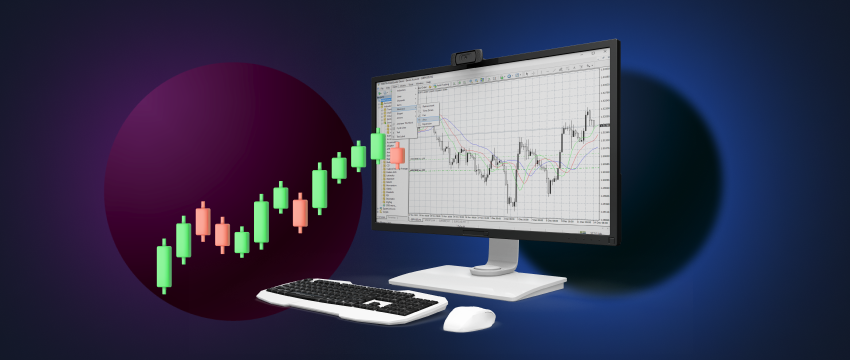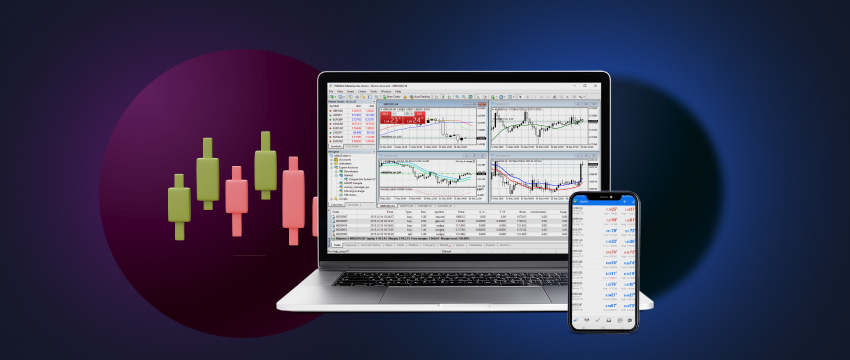Two prominent stock market indices in the UK, representing distinct groups of companies, are the FTSE 100 and FTSE 250. The FTSE 100 includes the UK’s top 100 companies, while the FTSE 250 includes the next 250 companies.
Investors need to make well-informed decisions. These decisions should be based on their financial objectives and risk tolerance. Each index offers unique insights into the economy of the United Kingdom. They also highlight investment opportunities and market trends.
British index investors often compare the FTSE 100 and FTSE 250. However, there is a clear difference in their volatility levels and past performance.
To find out more about each stock market index, let’s examine both in greater detail.

About the FTSE 100
The FTSE 100 index includes the top 100 publicly traded UK companies. These companies are listed on the London Stock Exchange. The ranking is based on market capitalisation. The Financial Times Stock Exchange, or FTSE for short, was first established in 1984. It was created as a joint venture.
Due to its stability, the index has grown to be the most well-liked among British investors today. It is hardly surprising given that it only includes the biggest companies with relatively low price volatility.
Lower growth, however, is a sign of corporate maturity. As a result, dividends rather than share price growth account for the majority of investor returns.
The FTSE 100 uses a market capitalisation-weighted approach, so the performance largely depends on the sizes of its constituent companies. Since the index’s founding, its composition has changed annually. This change occurs as businesses move up the ranks or down into the FTSE 250.
The FTSE 100 consists of only 100 companies. However, it represents approximately 50% of the total value of all shares listed on the London Stock Exchange.
About FTSE 250
The FTSE 250 index includes stocks ranked from the 101st to the 350th largest by market capitalization on the London Stock Exchange. Introduced in October 1992, the index is comparatively more recent than the FTSE 100. Even with 250 stocks included in the index, its diversity hasn’t kept it particularly resistant to changes in stock prices.
Unlike the large-cap stocks in the FTSE 100, this index primarily consists of mid-cap and small-cap stocks. This is due to the smaller size of its constituents. Because of this, the index is more vulnerable to changes in price and smaller dividends. In fact, the index barely accounts for 9 percent of the total market capitalisation of UK listed shares.
However, if a company is successful, the smaller size of these businesses presents a greater opportunity for growth. Because of this, the FTSE 250 has historically outperformed the FTSE 100 despite the increased volatility.
Like the UK’s flagship index, the FTSE 250 weights its constituents according to market capitalisation. This means that its largest companies have a greater impact than the smallest ones.

FTSE 100 & FTSE 250 top differences
Launch & evolution
Since its launch in January 1984, the FTSE 100 has been in operation for more than 36 years. It replaced the FT30. The FT30 had been the main benchmark for evaluating the performance of businesses listed on the London Stock Exchange (LSE) at that time.
Nevertheless, October 12, 1992 saw the introduction of the FTSE 250 index. Designed to provide a broader view of the UK’s mid-cap stock market segment, the FTSE 250 reflects the next 250 largest companies listed on the London Stock Exchange (LSE) after the FTSE 100.
Industry overview
Based on market capitalisation, the FTSE 100 consists of the top 100 publicly traded companies listed on the London Stock Exchange. The participants are the UK’s corporate giants. Many of these companies are globally active and operate in a variety of industries. These industries include telecommunications, consumer goods, energy, healthcare, and finance.
On the other hand, the FTSE 250 represents the size of the next group of companies after the FTSE 100. Known as mid-cap companies, these businesses are by no means small, even though they might not be as large as some of the FTSE 100’s constituents. They represent a variety of sectors, such as smaller financial institutions, technology, and the industrials.
FTSE 100 & FTSE 250 past performance
Different patterns can be seen in the FTSE 100 and FTSE 250’s historical performance. Large, stable companies make up the FTSE 100, which typically has lower volatility and is less prone to sudden price swings. It fell 14.3% even during the pandemic, which was less than other indices like the DJIA, which dropped by more than 26%, and the FTSE 250 companies, which dropped by 27% to 53%. Because of this, it is a desirable option for investors looking for portfolio stability and a consistent dividend income stream. The FTSE 100 has produced steady, moderate returns over the long run.
On the other hand, as previously mentioned, the smaller and more dynamic nature of the FTSE 250’s constituent companies has led to greater volatility. While this increased volatility may carry more risk, it also offers the potential for higher returns. Investors seeking growth and willing to tolerate more volatility in their portfolios often turn to the FTSE 250 for its potential capital gains.
Market capitalisation & investment opportunities
At 1,902,255 GBP, the FTSE 100 has a much larger total market capitalisation than the FTSE 250. As of 2023, the biopharmaceutical company AstraZeneca had the largest market cap, valued at 173 billion GBP, while Johnson Matthey plc had the smallest, valued at 4.11 billion USD. This is a direct result of the FTSE 100 comprising large, highly valuable multinational companies with enormous market values, like AstraZeneca, HSBC Holdings plc, Shell plc, and more, which we will talk about in later sections.
Conversely, the FTSE 250, with an overall market capitalisation of 323,245 GBP as of 2023, is made up of smaller companies than the FTSE 100 giants, despite being a significant market itself. As of 2023, Cineworld Group plc has the smallest market capitalisation, equal to 6.5 million USD, while Carnival Corporations plc has the largest, at 24.68 billion USD. This makes it more vulnerable to changes in the economy and the market, which affects how well it performs overall. It’s crucial to remember, though, that investors looking for growth may find that there are more opportunities due to this increased volatility.
Leading industries
The variety of industries that make up the UK economy is reflected in the makeup of the FTSE 100 and FTSE 250 indices. The consumer goods, healthcare, energy, financial services, and telecommunications sectors make up the majority of the FTSE 100. As of 2022, the largest industry is consumer goods/staples, accounting for 19.38% of the FTSE 100 index. The financial services sector comes in second, with a contribution of 17.67%. A number of these sectors are linked to steady cash flows, which enhances the FTSE 100’s credibility as a dependable index.
The FTSE 250, on the other hand, covers a wider range of industries. It has a significant number of technology, manufacturing, and smaller financial institutions in addition to companies from sectors included in the FTSE 100. By 2022, however, the financial services (43.37%), industrials (15.41%), and consumer goods (12.92%) sectors continue to be its biggest contributors. The FTSE 250 can be more dynamic as a result of its diversity. It may grow quickly in some industries or during recessions.

Connection to the GBP
Since foreign countries account for the majority of revenue for FTSE 100 companies, there is typically an inverse relationship between the index and the GBP. Put another way, the FTSE 100 typically performs worse and vice versa when the GBP is strong.
FTSE 100 companies generate a significant portion of their earnings in USD, so when the GBP strengthens relative to other currencies, the revenue converted back into sterling is worth less. When the British pound is weaker than normal, the opposite is true.
FTSE 250 members show a stronger correlation with the GBP and the state of the UK economy because they are much more domestically oriented than FTSE 100 companies.
免责声明: This material is for general informational and educational purposes only and should not be considered investment advice or an investment recommendation. T4Trade is not responsible for any data provided by third parties referenced or hyperlinked in this communication.



